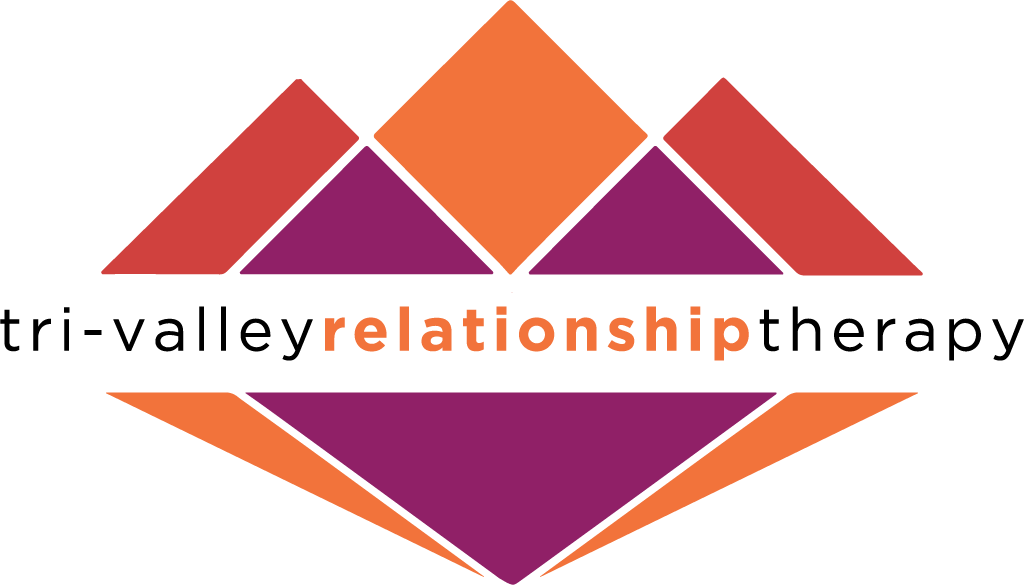Helpful Tips for Wave-Island Couples
Couples therapy & marriage counseling at Tri-Valley Relationship Therapy, Inc. in the East Bay can help couples become unstuck and create a more functional, secure, deeper connection.
Helpful tips for Wave-Island Couples
In the last blog article, I shared the story of Susan & Henry to illustrate the wave-island dynamic.
Susan and Henry have been together for 5 years and have been married for 3 years. They have been engaged in an ongoing dispute about the amount of time they spend with each other. Henry has a very stressful job and his way of unwinding at the end of the day is to play a few video games or watch videos on the internet. Susan, on the other hand, has an equally demanding job but each day she looks forward to returning home and spending time with Henry. Usually, Susan gets home before Henry and when he walks in, he goes straight to the couch and gets immersed in watching a video or playing a game. If Susan attempts to engage him about his day or share details about her day, Henry gets upset. On the weekends, Henry goes on long hikes and walks- something that Susan does not enjoy and the couple does not allocate sufficient time for each other. As a result, Susan feels alone and often wonders if Henry is having an affair because he does not seem to show interest in being close to her. Henry feels smothered and suffocated by Susan’s demands for spending time together.
A wave is...
Wave and island are terms used to describe anxious and avoidant attachment styles respectively. Individuals with a wave or anxious attachment style tend to seek closeness with their partner and also are very sensitive to any threats to their relationship and the subtle shifts in the mood of their partner. They are preoccupied with doubts about their partner’s ability to love them.
An island...
An island or an individual with an avoidant attachment style is predisposed to seeking distance from their partner and too much intimacy can be overwhelming for them.
A word about attachment styles...
Attachment styles are neither dysfunctional nor pathological. They are relatively stable but also plastic at the same time and can be molded. Couples in a wave-island relationship often find themselves stuck in a pursuer-distancer dynamic where the wave’s demands for more closeness push the island farther away and the vicious cycle continues.
Helpful Tips....
Here are a few practical tips for couples in a wave-island relationship that may be helpful in ending the pursuer-distancer cycle:
1. Acceptance-
The first step and perhaps the most crucial one is accepting the fact that there are fundamental differences between you and your partner in terms of how you both relate to each other, view intimacy and handle conflict. Once partners begin to understand, recognize & accept each other’s differences, they can start working on improving the way they interact with each other.
2. Admission-
After accepting each other’s differences, it is also important to admit to oneself that in certain aspects of the relationship, your spouse or mate might not be an active participant. In the example of Susan & Henry, Susan would have to admit to herself that Henry needs some solitude to unwind and Henry would have to admit that Susan does not enjoy solitary activities.
3. It’s not personal-
After accepting the differences and admitting the limitations of each other, partners begin to not take it personally, if their partner pushes them away or requests more closeness.
4. Fun together & alone-
The wave in the relationship can learn to do some of the fun activities on their own or start engaging in those activities with friends that have similar interests. For example, on the weekends, when Henry goes on his solitary walks & hikes, Susan can make plans to get lunch or go to an event with her friends. This is not to imply that Susan & Henry live parallel lives. In fact, it is intended to have the opposite effect- Henry has an opportunity to regulate himself in solitude, Susan meets her need for social contact & closeness and both don’t resent each other in the process. They both allot ample time over the weekend and throughout the week to spend quality time with each other.
5. Be thankful-
Once partners begin to accept each other along with their differences, they also learn to become thankful for what their partner does do for them, as opposed to focusing on what their partner does not do. Gradually, the resentment in the relationship decreases and connection is renewed.
6. Give space & get closer-
If there is one takeaway from this article that is worth remembering, it is an understanding that if someone with a wave disposition continues to move towards someone who is an island, seeking more connection & closeness, the island will feel backed into a corner. On the other hand, if the wave retreats just a little bit, it may give the island actual space to move towards the wave. A meeting in the middle would indeed become a reality.
Written by: Nagma V. Clark, Ph.D., L.P.C.C. specializing in sex therapy, couples therapy & marriage counseling, premarital counseling, individual relationship therapy & LGBTQQI couples counseling at Tri-Valley Relationship Therapy, Inc. in the East Bay, in Dublin & Oakland.
If you and your partner would like to learn more about each other’s attachment styles & how they impact your relationship, couples/marriage counseling at Tri-Valley Relationship Therapy, Inc. in the East Bay can help. Dr. Clark utilizes the Psychobiological Approach to Couples Therapy (PACT) principles to help couples recognize each other’s unique attachment needs & learn how to meet those needs in order to move towards a secure functioning relationship.
Call 925-400-3541 or email doctor.nvclark@gmail.com to schedule a free 30 minute phone consult or fill out the contact form and you will be contacted within 12-24 hours.

